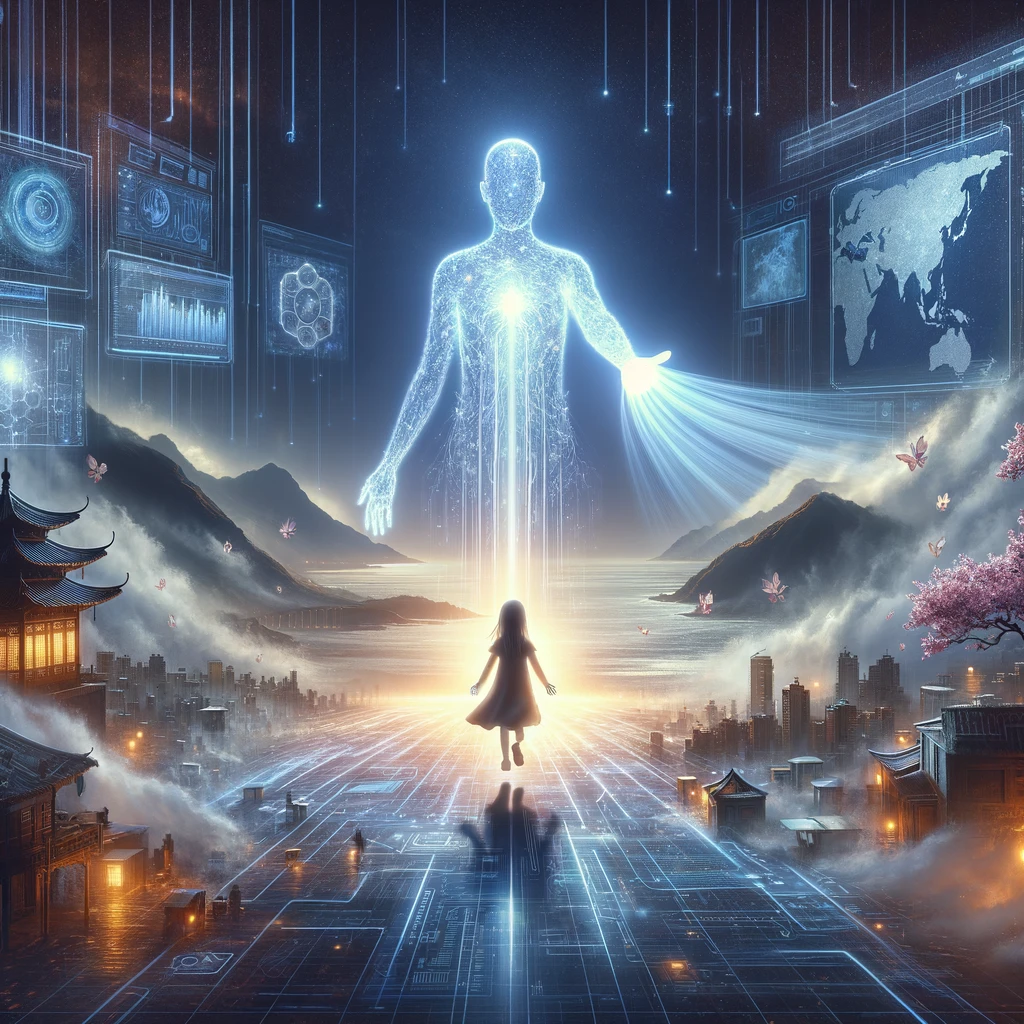In a remarkable display of technological ingenuity, a Taiwanese individual has utilized artificial intelligence (AI) to generate a current-age portrait of Huang Pei-hsuan, a girl who vanished in 2010 after being separated from her family during the Taipei 101 New Year’s Eve fireworks display. This innovative approach aims to aid in the search for Huang, who would now be a 17-year-old teenager, by providing a possible likeness of her today.
Harnessing AI in the search for the missing
Huang Pei-hsuan disappeared on the night of January 1, 2010, after getting lost in the crowd near the Vieshow cinemas in Xinyi District, Taipei. At the time, she was only 3 years old and under the care of her aunt and uncle, following her mother’s death. Despite her developmental delays and limited speech ability, Huang could communicate her name, a crucial detail that has fueled ongoing search efforts by her family and well-wishers.
The initiative to use AI technology for reconstructing Huang’s current appearance stems from a collective effort by an online community determined to provide new leads in the long-stalled case. By combining generative AI with photos and descriptions of Huang as a child, they have created a visual representation of what she might look like now, nearly 14 years after her disappearance.
A decade-long mystery
The mystery of Huang’s whereabouts has perplexed authorities and her family for over a decade. The last known sighting of her was captured on surveillance footage at a metro station in New Taipei’s Yonghe District, where she appeared to be accompanied by an unidentified man. Despite exhaustive searches and appeals for public assistance, efforts to locate her have been unsuccessful.
Taiwanese law allows for a missing person to be declared dead seven years after their disappearance. However, Huang’s family has chosen not to take this step, holding onto hope that she is still alive and can be found. Their refusal to give up, coupled with the power of social media, has kept Huang’s story alive in the public consciousness.
Technology’s role in modern search efforts
The application of AI in the search for missing persons represents a significant advancement in how technology can be leveraged for humanitarian purposes. By creating an updated portrait of Huang, the group behind this initiative hopes to reignite interest in her case and generate new leads that could finally lead to a reunion with her family.
This case underscores the potential for AI and other digital tools to transform traditional search and rescue operations. The ability to predict age progression and generate realistic images of missing individuals offers a new avenue for investigations, especially in cases that have gone cold over the years.
As the search for Huang Pei-hsuan continues, her family and the community supporting them remain hopeful that advancements in technology, combined with increased public awareness, will eventually lead to her safe return. The story of Huang’s disappearance and the subsequent efforts to find her serve as a poignant reminder of the enduring strength of familial bonds and the potential for technology to make a meaningful difference in people’s lives.





